Learn How to Make White Tea with More Vibrant Flavor
TEATIME NOTES
Find tips, recipes, and articles to increase your delight and enjoyment of tea.
Learn How to Make White Tea with More Vibrant Flavor
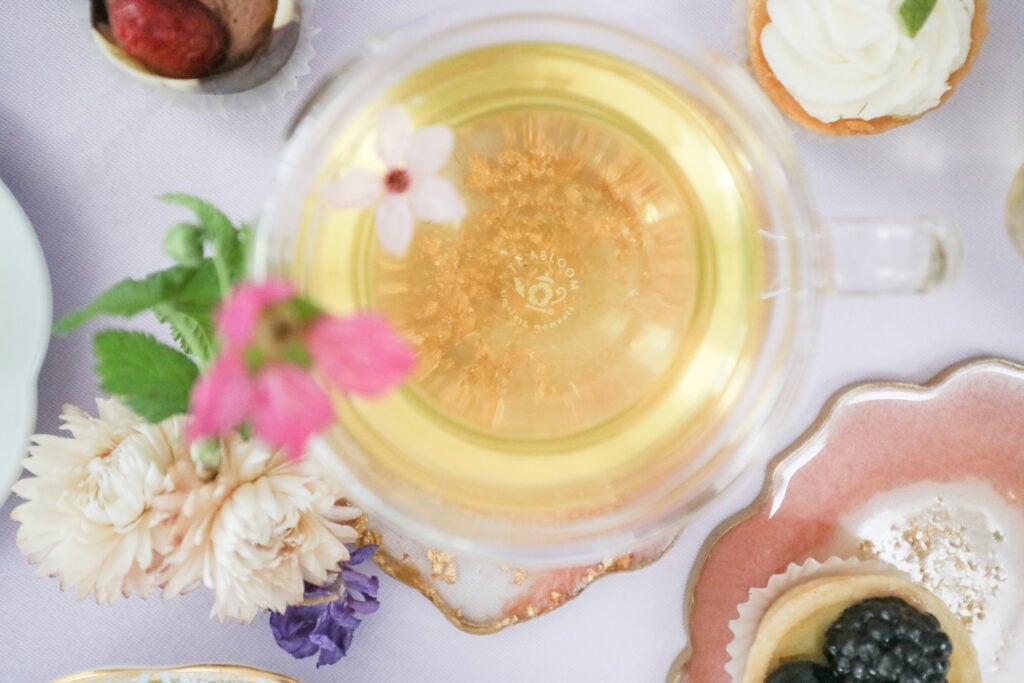
Secrets for How to Brew White Tea Remarkably Well
By Erika Robertson
White teas are a delicate and sweet treat for tea connoisseurs and newbies alike. Whether you’ve been making tea for many years or only a few, or want to hone your skills in how to make white tea, this post is made just for you.
Making white tea is easy when you have the right supplies and the right directions in hand. Today, you’ll discover how to make hot white tea, iced and ice white tea, and a newer cold-brew version that is completely fool-proof. Let’s get started with the supplies you’ll need to make white tea the proper way:
What You’ll Need:
- Tea pitcher, teapot, or single-serve teacup/tea mug
- Infuser if it’s not already included in your teaware
- Loose-leaf white tea of choice
- Water that hasn’t already been boiled and cooled down
- Thermometer (if your tea kettle doesn’t have one built in!)
- Teaspoon for measuring - optional
- Timer - optional
How to Make Hot White Tea
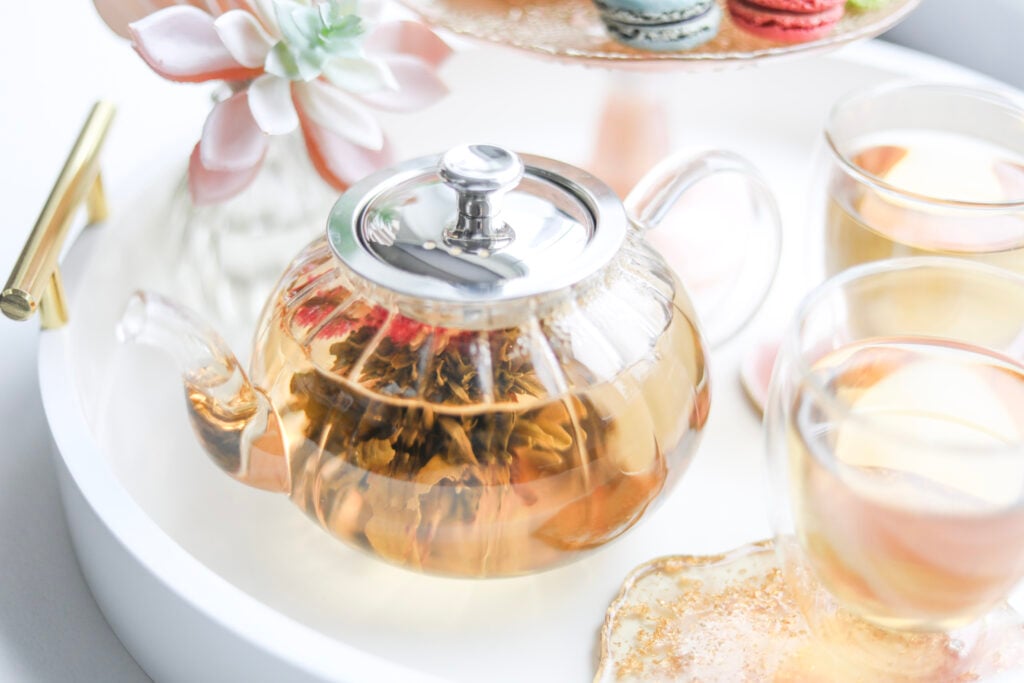
Did you know that white tea isn’t as sensitive as green tea? White tea is slightly oxidized while green tea isn’t. The oxidation may allow some white teas to withstand slightly higher water temperatures than green teas.
For hot, iced, and ice white tea you’ll start with the same hot steeping ritual outlined here. Knowing how to make white tea properly is crucial if you want to release all of its beautiful and delicate flavors and antioxidant properties. Here’s how to make a batch of hot white tea:
Step 1: Heat Up Your Water
Water temperature is extremely important when it comes to steeping white tea. If you steep your tea leaves in water that’s too hot, you risk burning your leaves so they release a bitter flavor or very little flavor. If you steep your white tea in water that’s too cool, you might end up with weak tea that tastes more like lightly flavored water.
You should always use fresh water that hasn’t been pre-boiled and cooled. Did you know that using old water can significantly alter the flavor of your tea? Check with a thermometer to make sure you’ve heated your water to the right temperature for white tea which is between 170 degrees and 185 degrees Fahrenheit.
An Important Note: Always check the directions on your tea container as there is a wide range of temperature variations between leafy white teas and bud-like white teas. Some white teas might steep best at temperatures as low as 140 degrees Fahrenheit!
Step 2: Warm Your Teapot or Tea Pitcher
The last thing you want to do is throw some tea leaves and hot water directly into a cold teapot. Doing this could result in your water temperature dropping significantly, and your tea may not steep at the proper temperature, for shame!
Instead, once your water is done boiling, add a splash to your empty teapot or vessel and swish it around for about 10 seconds before discarding the water. This heats up your tea vessel so the water stays at the correct temperature.
A Helpful Tip: If you’re using a tea pitcher, tea kettle, or teapot from Teabloom, you can heat your water on the stovetop directly in your vessel and skip this step.
Step 3: Measure and Prepare Your Tea Leaves
If you don’t have specific measuring instructions on your loose-leaf tea container, you can start by measuring out 1.5 teaspoons for every 8-ounce cup of water.
For some leafy white teas you may use more than 1.5 teaspoons, and for some bud-like white teas, you may use less tea. Ultimately, you’ll have to experiment and test the strength to see if you like it.
Use your tea measuring spoon to add your loose-leaf tea to the warmed teapot and warmed infuser. Wait about 10 to 30 seconds for the tea leaves to acclimate to the steam of the hot vessel. You might just see some leaves and buds start to unravel.
Step 4: Pour the Water and Steep Your Tea
Fill your teapot or tea pitcher with an appropriate amount of hot water. Steep your white tea for the suggested amount of time, or for about 3 to 5 minutes.
Set a timer and do not let your tea steep for more than 5 minutes — this might release bitter flavors that will overpower the sweet and delicate notes of the white tea.
Step 5: Remove Your Tea Leaves
When your timer has stopped remove your tea infuser and tea leaves. Do not squeeze your tea leaves as this may also release bitter tannins into the tea and ruin the flavor. Instead, gently remove the infuser and set your tea leaves to the side.
Helpful Tip: Did you know you can enjoy a second or even third pot of hot tea with these same tea leaves? As long as they are completely drained of water, you can set them aside and reuse them for another steep. Add a little more fresh tea to strengthen the batch but don’t steep it for more than 5 minutes.
Step 6: Enjoy it Straight or Add Accompaniments
Most people enjoy hot white tea without any additions. The subtle sweet nuances of this prized tea are usually enough to tantalize the tastebuds of any tea connoisseur.
If you insist on adding ingredients to your white tea, we recommend staying away from milk, as this easily overpowers the tea. Some people add lemon, sugar, or honey to their white tea. Let your personal taste guide you.
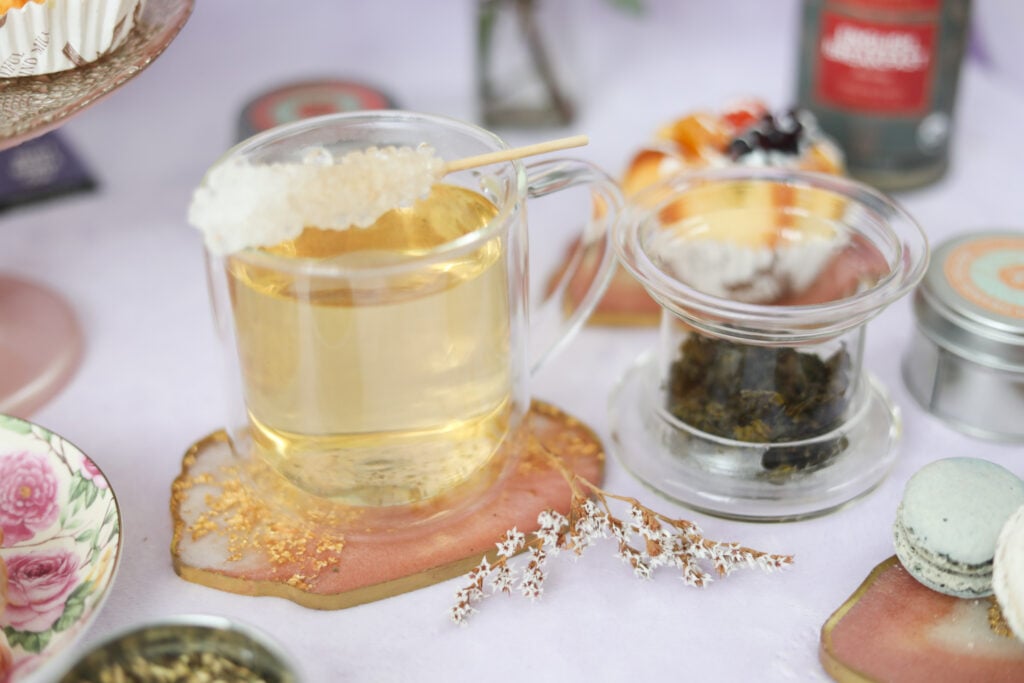
How to Make Iced White Tea
Refreshing iced white tea on a spring or summer day is heavenly. We aren’t opposed to enjoying iced teas all year round — especially if a roaring fire is involved — check out some of our iced tea recipe ideas.
Making iced white tea is super simple. You’ll start with the exact recipe for hot tea but with a few alterations:
More Tea for Better Flavor
The biggest difference between hot and iced tea preparation is the amount of tea leaves you’ll use. For iced white tea, you’ll want to use 2 to 3 times as many tea leaves as you will for a regular pot of hot tea. You’ll steep your tea for the same 3 to 5 minutes and remove your tea leaves promptly.
Contrary to popular preparation, you should never just steep your tea for longer to make it stronger. Always take your tea leaves out after a maximum of 5 minutes whenever hot water is involved. If you don’t, you risk releasing bitter flavors in your tea which may leave your mouth feeling chalky, too.
Ice Your Tea Right Away
Once you remove your tea leaves, transfer your tea into a large enough vessel to flash chill with a lot of ice. Most of the ice will melt immediately, but balance out your extra strong iced tea for a delightful and well-rounded flavor that’s still strong. Serve your iced tea in glasses filled with ice and feel free to even infuse your white iced tea with herbs, fruits, or other fun additions.
Ice White Tea Variation
There’s actually another way to make chilled tea — it’s called ice tea as opposed to iced tea with a “d”. In this method you won’t flash chill your hot tea — instead, you’ll let it cool down in your fridge.
As with iced tea, you’ll start your ice tea using the same recipe as you would for a pot of hot tea. You won’t be able to drink this chilled white tea immediately, but the flavor might be a little more well-rounded because it isn’t made as strongly to start.
Here are the few adjustments you’ll need for ice tea:
Measure Out Your Tea Leaves Properly
For your iced tea recipe, you used 2 to 3 times as many tea leaves, but for this ice tea recipe you’ll use a lot less. You can use about 2 teaspoons per 8 ounces of water for a slightly stronger brew than hot white tea.
This technique for ice tea is wonderful because it doesn’t involve using as many tea leaves or nearly as much ice. You’ll steep your tea for up to 5 minutes — and no more — before removing the tea leaves.
Cool Down Your Tea Slowly
Ice tea takes some time to prepare because you’ll allow it to cool at its own pace — usually in your fridge. Your tea will be only slightly stronger than a cup of hot tea, which is perfect for serving over ice.
Present your ice white tea in glasses with some ice. You can garnish your ice white tea with any additions you see fit.
How to Make Cold Brew White Tea
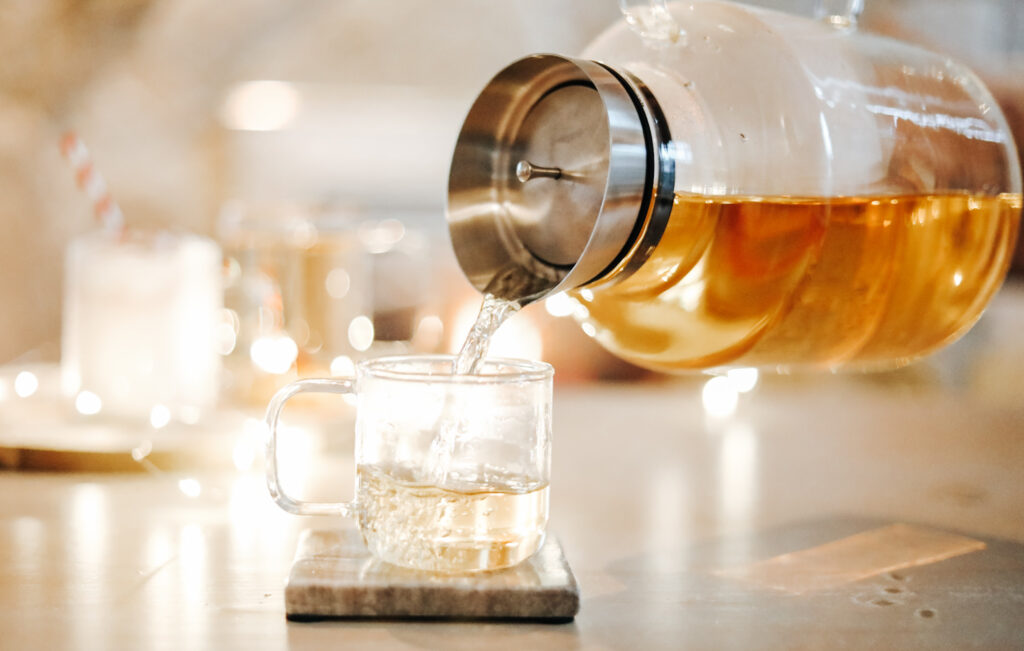
Cold brewing techniques started in the coffee industry, but have now trickled into the tea industry. This newer steeping technique is turning the tea industry on its head and opening up a new realm of balanced flavors that some people find difficult to achieve with hot steeping methods.
When you steep white tea in hot water, you risk releasing bitter flavors — you can steep your leaves for too long or use water that’s too hot. It seems like so many things can go wrong when learning how to make white tea.
But, with this cold-brewing tea technique, your tea doesn’t release bitter flavors, it releases less caffeine, and might even create more well-rounded flavors overall.
This is a tried and true, fool-proof way to steep tea that’s just as easy for the expert as it is for the first-time tea novice:
Step 1: Measure Your White Tea Leaves
For every 12 ounces of water (or 1.5 cups) you’ll want to use about 1 tablespoon of tea. But, this widely depends on the kind of white tea you use and your personal taste preference. Always adjust to your liking.
Step 2: Steep Your Tea in Cold Water
Use fresh mineral water — preferably cold — to fill your tea vessel. Place it in the refrigerator for about 8 to 12 hours. You can steep your tea to your desired strength since there is little risk of it becoming bitter with this cold-brew technique.
Step 3: Remove Your Tea Leaves and Enjoy!
Once your cold-brew tea is done steeping remove the tea leaves. You can serve your tea chilled over ice, straight from the pitcher, or you can add some complimentary fruits or herbs you love.
Make Perfect White Tea with Help From Teabloom
No matter if you’re a seasoned tea lover or a newfound lover of tea, Teabloom is your home for the best wares to make each pot absolutely perfect. From tea pitchers to teapots and blooming flower tea sets, they only make teaware that’s designed with your health and wellness in mind.
Since the very beginning, Teabloom has been on a mission to clean up the tea industry. Their borosilicate glass teaware is made sustainably with chemical-free materials that make your tea taste perfect every single time. Now, you can drink every cup of tea with peace of mind.
Explore Teabloom’s splendid and unparalleled collection, today.



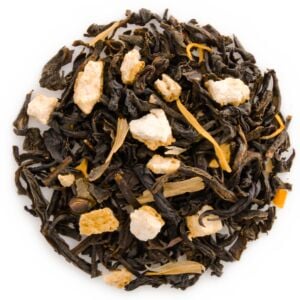
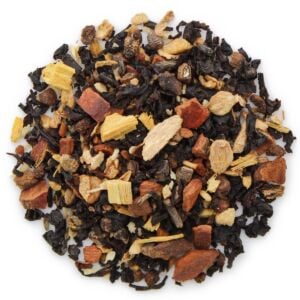
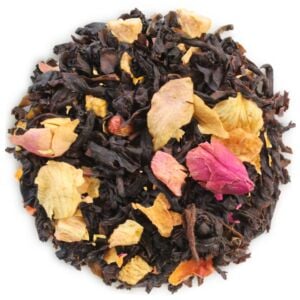

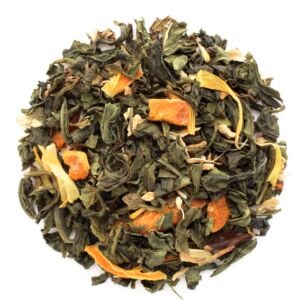
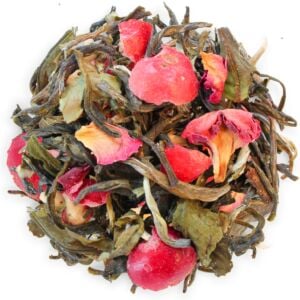
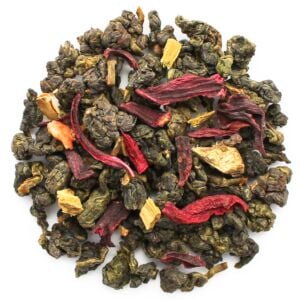
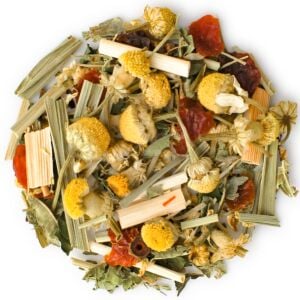
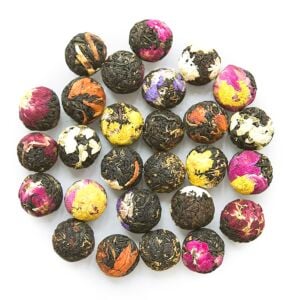


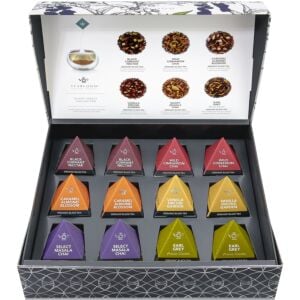
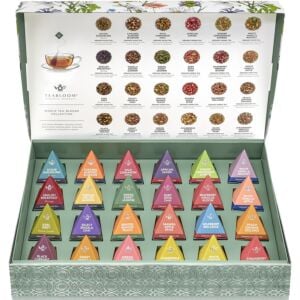



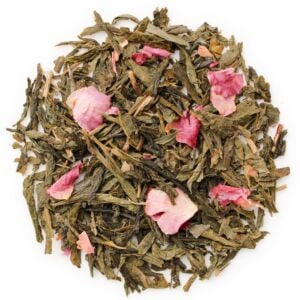

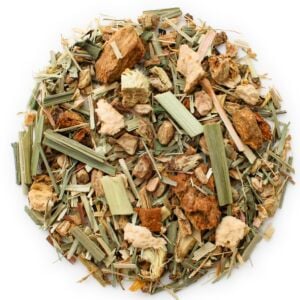

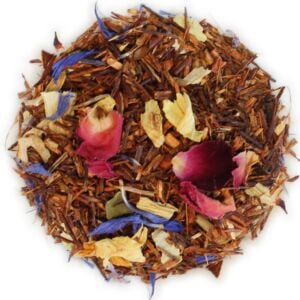
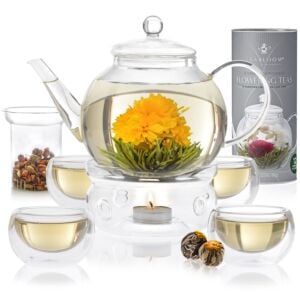
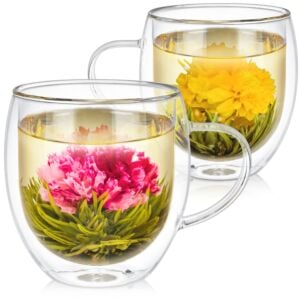
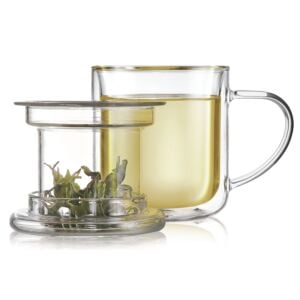
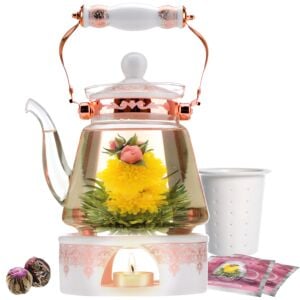
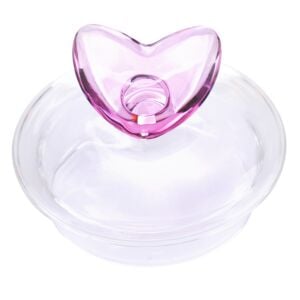
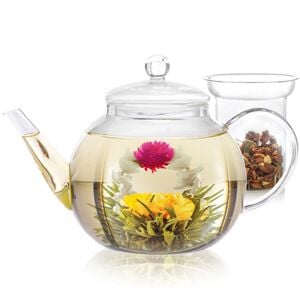


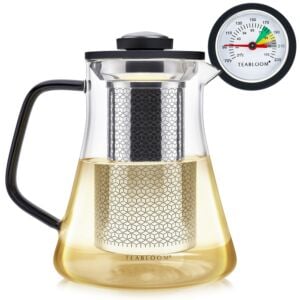
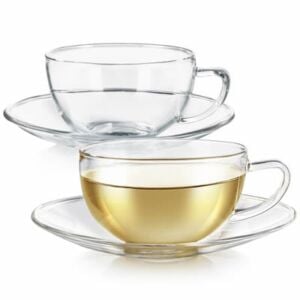
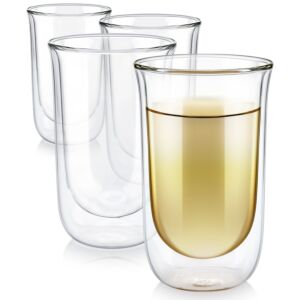
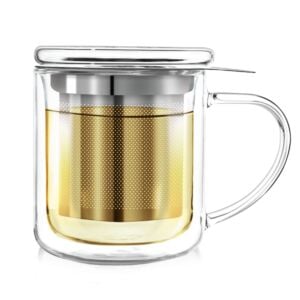
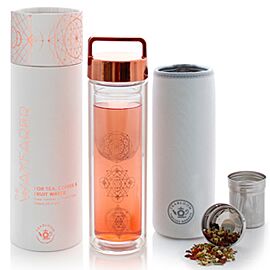

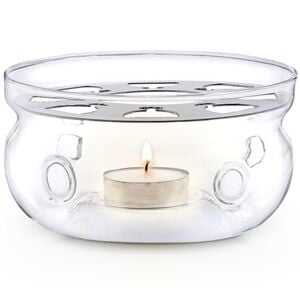
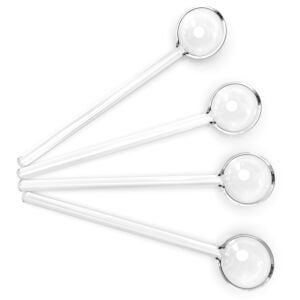
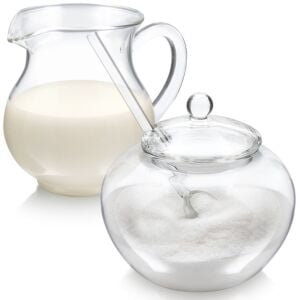
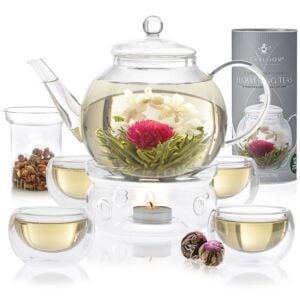
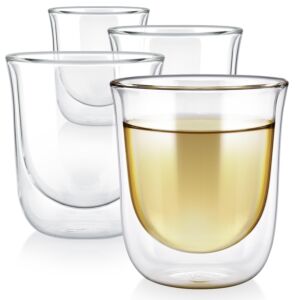


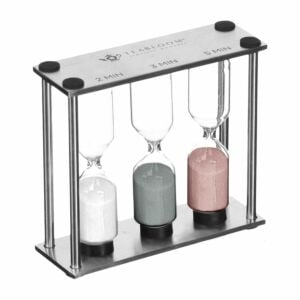
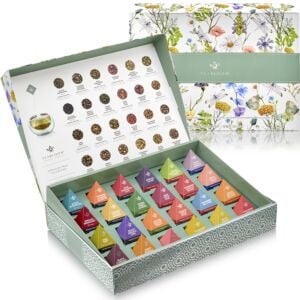

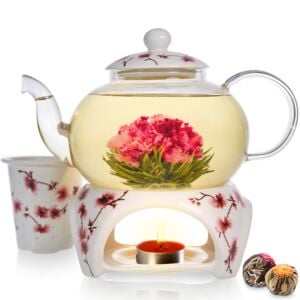
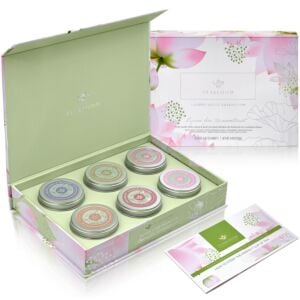

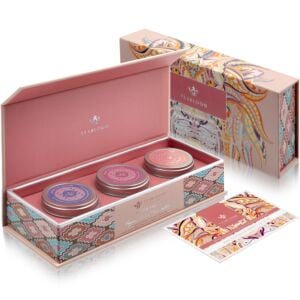



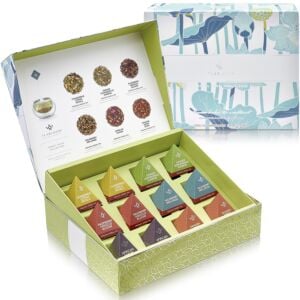
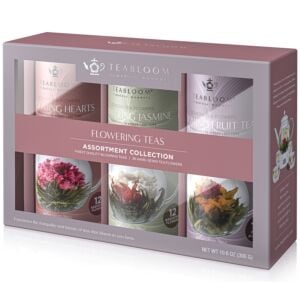


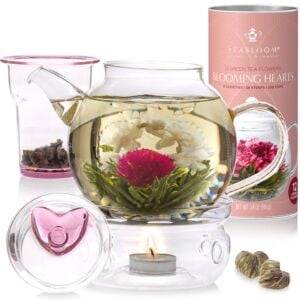

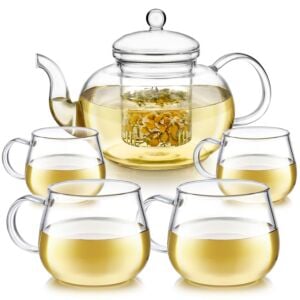



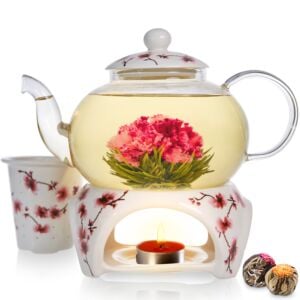
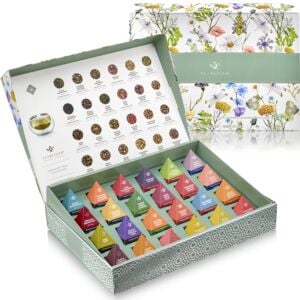
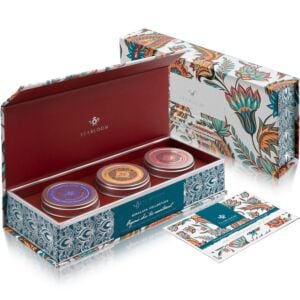
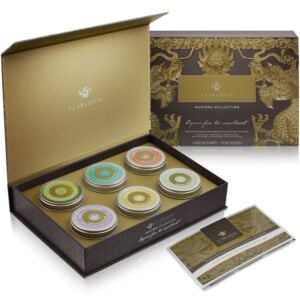


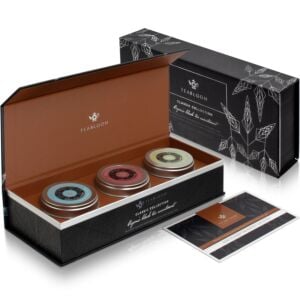



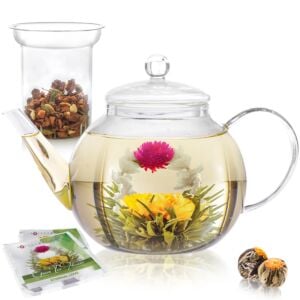
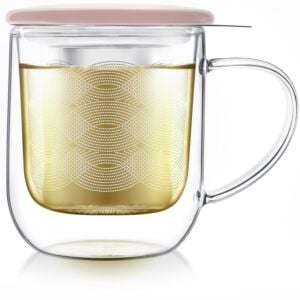

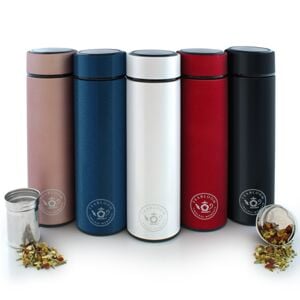
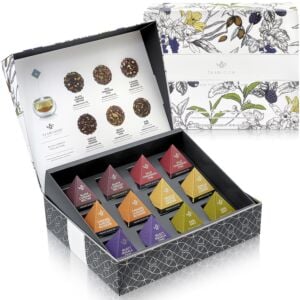


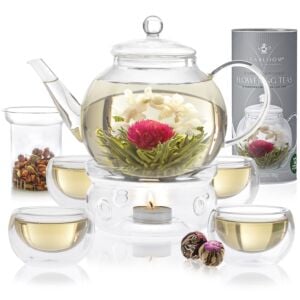
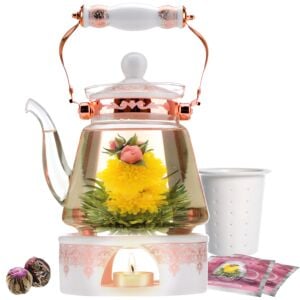
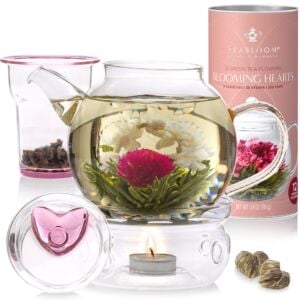


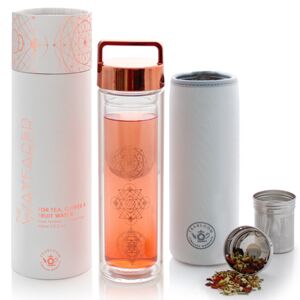

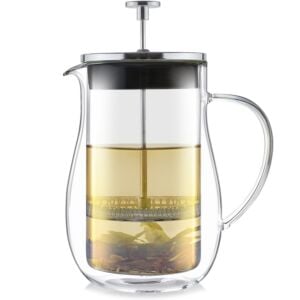


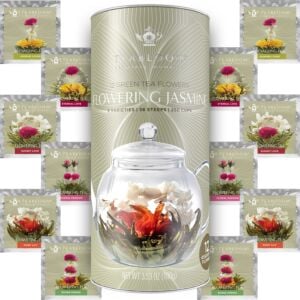


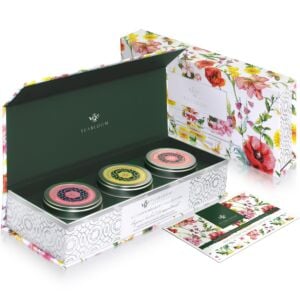



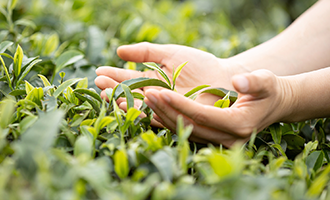
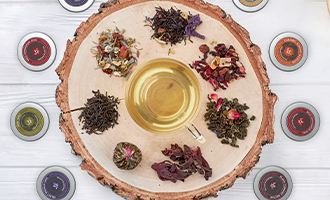
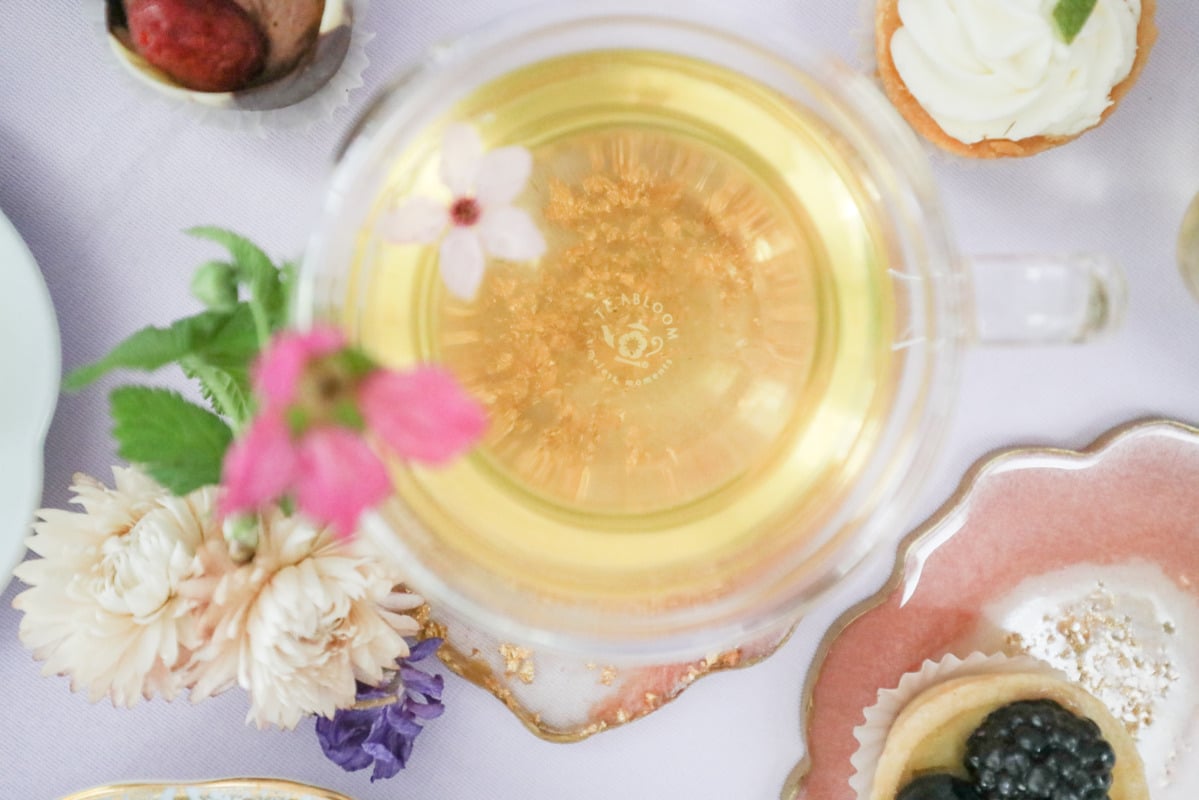


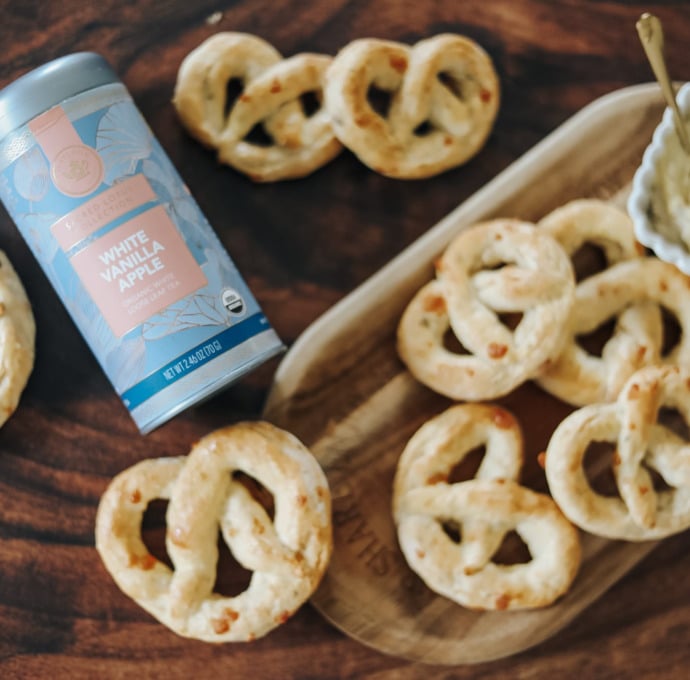
Share your thoughts